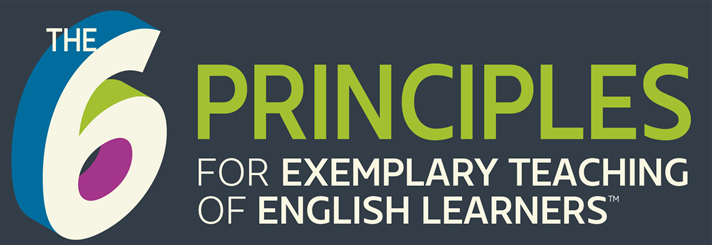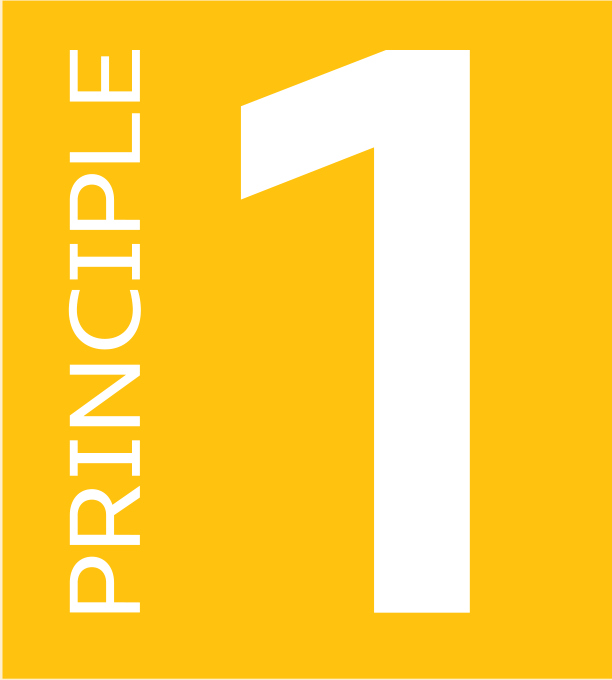Some Practices for Principle 1
Teachers gain information about their learners.
Teachers collect information about their students’ linguistic and educational backgrounds to determine correct placement for students. They also seek to learn a new student’s cultural and geographic background as a resource for classroom learning .
Teachers embrace and leverage the resources that learners bring to the classroom to enhance learning.
Teachers tap their learners’ prior knowledge purposefully in their teaching. They try to determine what gifts and talents students bring to the classroom, what interests motivate them, what life experiences they have had that are curriculum-related, and what else in their backgrounds has influenced their personalities and beliefs.
Classroom Activities that Support Principle 1
Ready to get to know your learners? Try these activities from books in the popular New Ways Series from TESOL Press!
Try these activities from the TESOL Resource Center (TRC).
Beyond the classroom, teachers address Principle 1 in other ways.
Ready to get to know your learners? Try these activities from books in the popular New Ways Series from TESOL Press!
In the following vignette, a teacher explains one student’s social and emotional needs:
Mario, age 16, left Honduras in a hurry, taking his little sister with him. He had stopped going to school after third grade because gangs were kidnapping students and threatening to kill them if they didn’t join. But the situation had recently gotten worse, and Mario feared for his sister’s life and his own. He and his sister crossed the U.S. border in Texas, and after three months in a detention center, they ended up living with their brother, whom they had not seen for many years and hardly knew. Mario and his sister now go to school. Mario’s classes are very hard for him; his sister is doing a little better. After school, Mario rushes off to his dishwashing job to earn money that he and his sister can live on. He wants to stay in school and graduate, but he is only in ninth grade and is having trouble trying to work long hours and pass his subjects in school.
Even if English learners have arrived in the United States with an intact family or were born in this country, they may experience a clash of cultures if their American friends live by one set of rules, but their immigrant parents insist on a different set. These circumstances can cause turmoil in children and adolescents as they grow up, and they may need counseling services to work through these issues. Teachers of English learners can advocate for appropriate counseling services to be available, both in the school setting and outside school, and in the student’s home language, if needed. Teachers can stay informed about developments around the country and the world that can affect the educational, social, and emotional well-being of English learners.
Other educators at a school, district, or program should also get to know their English learners.
For example, if you are a curriculum director, you have a very important role to play in ensuring that all curricula that are adopted by your district are truly accessible by English learners of all proficiency levels and supports their educational success. The following are some of the actions that you can within a culture of shared responsibility for English learners in your district.
Supporting Principle 1. Know Your Learners
- Make sure that knowledge about teaching linguistically and culturally diverse students is evident in all district curricula. Ensure that students of all proficiency levels can access district curricula, because these will suggest materials and strategies explicitly designed for English learners of varied proficiency levels—beginners to advanced.
- Look closely at the curricula taught in the district to make sure that they are appropriate for English learners, not only by affording multiple entry points as suggested above but also by empowering students through the use of themes and materials that connect well with the background knowledge, cultures, and life experiences that English learners bring to the classroom.
- Work to make sure that mandated curricular materials are readily available in the high- incidence home languages of your district, thus supporting delivery of the curricula in dual language and bilingual education programs, as well as providing readily accessible subject-subject matter materials for students who are literate in their home languages. This will allow students to learn valued content in their home or target language in addition to English.

